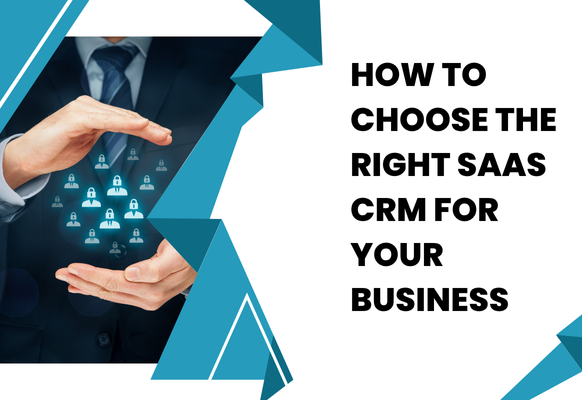Customer relationship management is now more than spreadsheets and outdated contact lists.
Today, SaaS companies operate in a fast-moving, extremely competitive market. Whether scaling rapidly or just beginning, how you handle customer data, interactions, and sales processes can make or break your growth process.
There comes CRM – Customer Relationship Management.
But here’s the challenge: given the numerous CRM solutions in the market, the process of choosing the right one for your SaaS CRM business can be daunting.
Which cloud systems or on-premise systems do you go for? Should it have AI? What features matter?
So, let’s pull it all apart and help you make a wise and confident choice.
Table of Contents
- What is a CRM?
- Benefits of Using a CRM System for Your SaaS Business
- On-Premise vs. Cloud-Based CRM
- On-Premise CRM
- Cloud-Based CRM
- On-Premise CRM
- How to Choose the Right CRM
- The Role of AI in CRM
- Conclusion
What is a CRM?
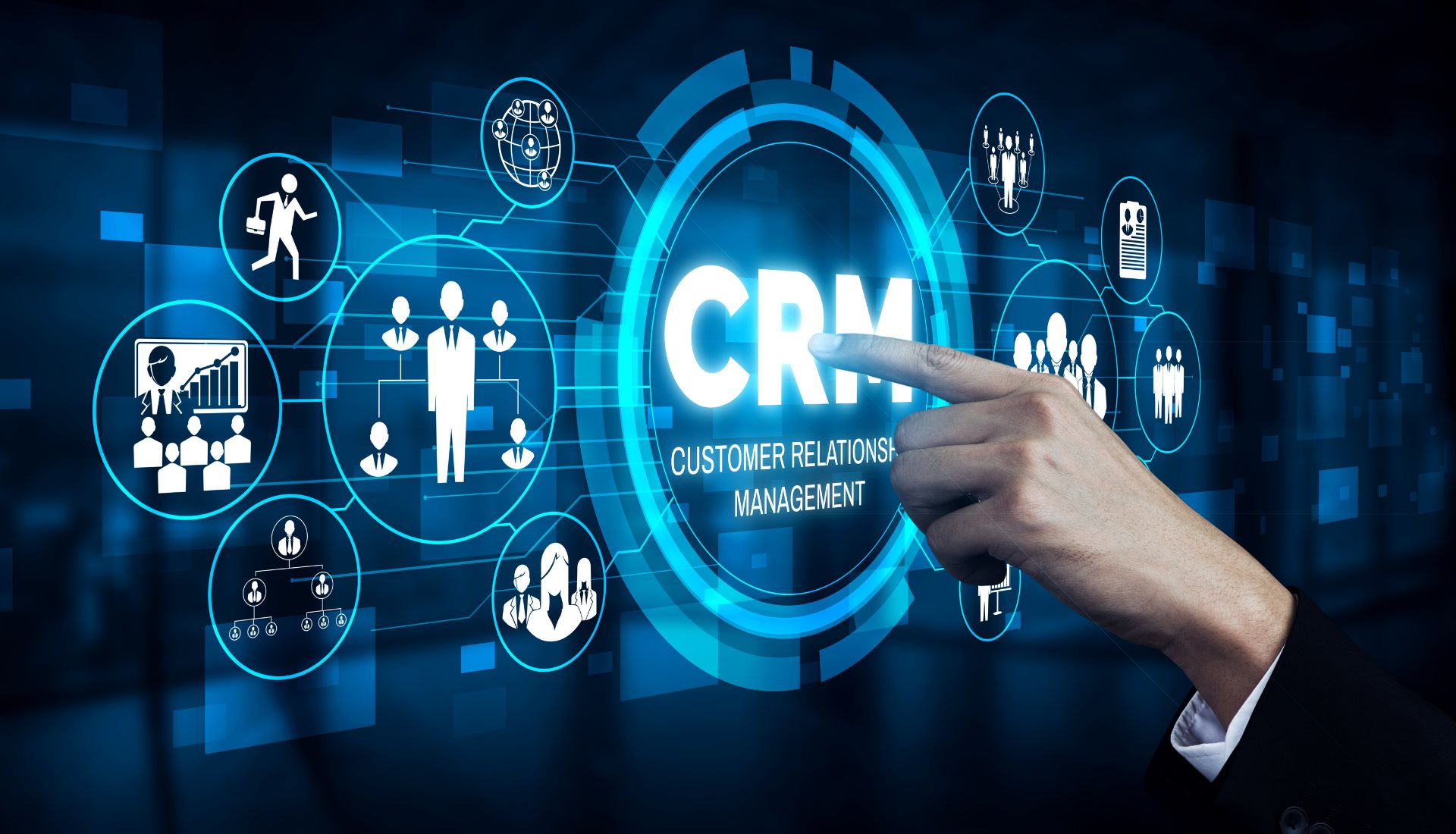
CRM is an abbreviation for Customer Relationship Management. Basically, it is a tool intended to assist businesses in monitoring how they interact with their existing and potential customers.
However, it’s not a question of contact storage only. Emails, calls, meetings, and the sales pipeline are being tracked by a CRM system. It makes teams stay organized, prioritise leads and offer better service from one centralized platform.
A CRM system in a SaaS environment becomes even more than a tool – it becomes a growth partner as recurring revenue and long-term relationships are a must.
Benefits of Using a CRM System for Your SaaS Business
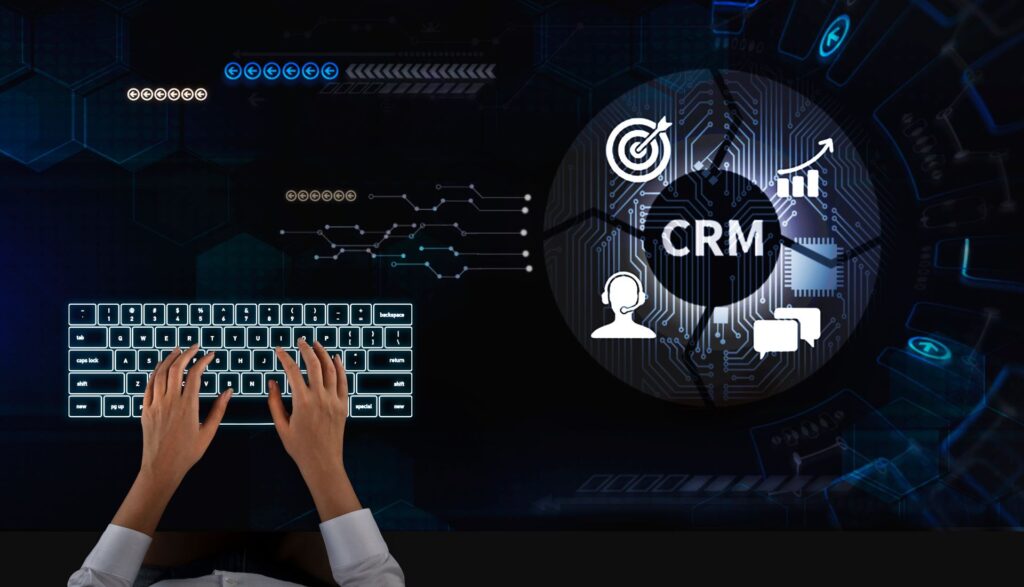
For SaaS businesses, the lifecycle of the customer does not simply stop at the point of sale. Retention, upselling, support and renewals are processes on the journey. This is how a CRM can help with it:
- Improved Lead Management: Automatically obtain, qualify and assign leads.
- Streamlined Sales Processes: Have a firm grasp of the position of every deal, and what work is required to push it along.
- Data-Driven Decisions: Receive instant vantage points on customer behaviour, churn risk, and sales performance.
- Better Collaboration: Realise integration among your marketing, sales and support teams through granting all of them access to the same customer’s data.
- Customer Retention: A definite history of interactions with which your team can now serve much faster and be more personal.
In a subscription-based business model, such advantages can even have a direct impact on increased lifetime value (LTV) and lower churn rate.
On-Premise vs. Cloud-Based CRM
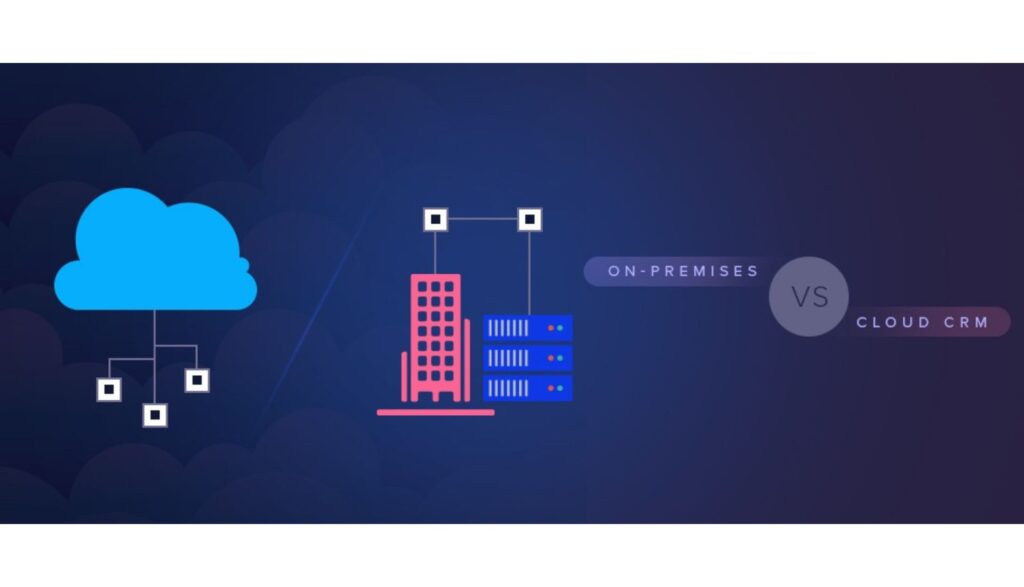
Before discussing the CRM features, one needs to be familiar with two types of CRM deployment: on-premise and cloud-based. Each has its pros and cons and it all depends on the size and structural organisation of your company and its long-term goals.
On-premise CRMs are more customizable and offer greater control, but they come with high initial setup and maintenance costs.
Cloud CRMs are easier to implement, especially for remote teams or startups.
By studying the advantages and disadvantages of each option, you will be able to pick the system that contributes to your workflow rather than interferes with it.
Consequently, here, your choice will directly influence accessibility, data management, and scalability in the long term.
On-Premise CRM

You install an on-premise CRM on your firm’s servers, either by yourself or with an IT team. You buy a license, manage the installations, and handle maintenance.
Pros:
- Enhanced control of security and data.
- Customization capabilities
- No recurring subscription fees
Cons:
- High upfront cost
- Needs to be maintained continuously and requires internal IT resources.
- Less flexible for remote teams
This option is preferable for companies that have a robust IT infrastructure and meet their security requirements.
Cloud-Based CRM

An online CRM is hosted in the cloud and accessed using a web browser or app. Examples that are popular include Salesforce, HubSpot, and Zoho CRM.
Pros:
- Easy to install and easy to use
- Scalable pricing
- Access from anywhere – great for remote teams
- Regular automatic updates
Cons:
- Monthly or annual subscription fees
- Limited customisation compared to on-premise
- Reliance on third-party security protocols
In the case of SaaS businesses, especially new startups and mid-sized teams, cloud-based CRMs are the more popular option because they are easy to use and are more flexible.
How to Choose the Right CRM

There’s no one-size-fits-all CRM solution. To discover the best fit, you will have to go beyond popular brand names and explore what is most important for your business.
Identify Your Business Needs
Start with clarity. What are the challenges that you can solve with a CRM?
Do you find it tedious to monitor your leads? Is customer support scattered? Does your business need help promoting automated marketing?
When defining your pain points and goals, you can filter out tools that look good but are not suited for your workflow. For instance, a SaaS company that targets B2B sales should pay more attention to monitoring the pipeline, whereas a company operating with high user volume should focus on more automation, as well as on integrating assistance.
Determine the Features You Are Looking for in a CRM
When you have identified your goals, the features that will be most important to you should then be listed. Common features include:
- Contact Management
Store, organise and update customer and lead information on one centralised database. Allows your team to track all interactions during the customer lifecycle.
- Sales Pipeline Tracking
Since your sales are initiated from leads that progress to customers, imagine the whole sales process. Enables you to identify the bottlenecks and prioritise your high-value opportunities.
- Email and Calendar Integration
Sync emails and appointments to your CRM system directly. Makes sure that the follow-ups are conducted promptly and creates communication records automatically and in one place.
- Marketing Automation
Automate email campaigns, nurturing leads, and customer journeys. Does not take so much time yet allows for personalised outreach at scale.
- Reporting and Analytics
Get access to dashboards and performance measures in real time. Assists you in making informed decisions based on data and predicting future growth accurately.
- Mobile Access
Use the CRM on the go on smartphones or tablets. Ensures that your sales and support teams are productive while working remotely.
- Customer Support Tickets
Monitor and control inquiries, complaints, and solutions to customers. Enhances service quality and makes sure no request made by customers is lost in the process.
If your business is based on a freemium model or is very dependent on inbound leads, things like lead scoring and email tracking may be indispensable.
The challenge is to decide on a system that supports your current process, not makes it more complex.
Consider Budget Constraints
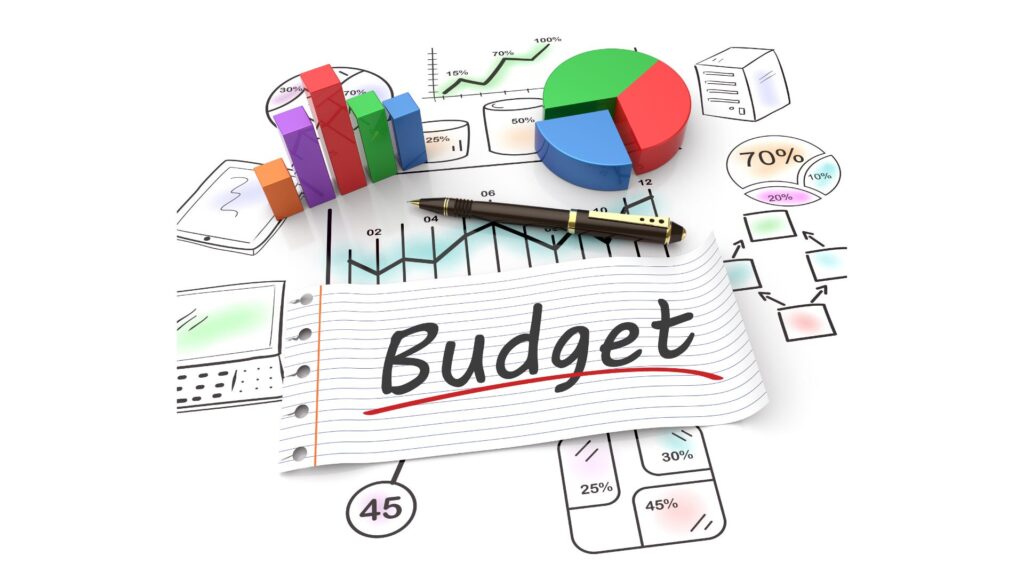
A CRM could be priced from free to thousands of dollars per month.
Cloud-based CRMs typically use a subscription-based pricing structure, where the number of users and features available determines the plans. Although tempting to choose the cheapest option, be careful. A CRM that is given for free can limit necessary tools, and an expensive one may provide more than you would ever need.
Attempt to find space between cost and functionality. Consider the CRM as an investment that should result in time saved, revenue generated, and customers retained.
Make Sure the System Integrates with Other Applications
Your CRM should not live in a silo.
To ensure it seamlessly integrates with the tools you’re currently using, such as Slack, Gmail, Zoom, marketing automation platforms, helpdesk software, or potentially your SaaS product itself.
Integrated CRM lowers manual data entry, puts an end to context switching, and helps your teams remain productive.
Look for built-in integrations or the possibility of integrating using automation services such as Zapier.
Focus on User Adoption and Ease of Use

Your team should use a CRM system for it to be effective.
If the interface is clunky or simply too steep to learn, adoption will suffer and your investment will go down the drain.
Look for CRMs that offer:
- Intuitive dashboards
- Simple workflows
- In-app guidance or tutorials
- Responsive customer support
Even better, delegate part of the process to your team. Allow them to try out a couple of tools and gather their feedback.
The Role of AI in CRM

AI is changing how CRMs can operate.
From lead scoring and predictive analytics to chatbots and automated follow-ups, the CRM game is revolutionized for SaaS businesses with the help of AI.
Here’s what AI can help you do:
- Automatically identify high-potential leads
With AI, customer data can be analysed with lead conversion in mind to figure out which customers are most likely to convert. This aids your sales team to spend their time on the right target, saving them time and maximising the output.
- Recommend the best next actions based on behaviour patterns
By analysing the user activity, AI advises when and how to contact a lead. These time-sensitive prompts improve follow-up rates and boost deal closure opportunities.
- Predict customer churn before it happens
AI identifies disengagement and dissatisfaction with the accounts. This enables you to take these actions early and not lose the customers before they go.
- Provide smart sales forecasts based on historical data
AI systems use past trends to predict future revenue and sales performance. This enhances planning accuracy; it assists in setting practical business objectives.
If you are out to scale fast, an AI-powered CRM can help you to scale smarter, not just harder. Seek out such systems that have these features as a built-in feature or add-ons.
Conclusion
Selecting the right CRM for your SaaS venture may be a tough decision, but it does not have to be a nerve-wracking one. If you know your goals, compare the on-premise VS cloud-based systems and pay attention to the features that are aligned with your workflow, you can pick up the CRM that will enable you to scale confidently.
Remember: it’s not about looking for the brightest tool. It’s about finding the system for your team to use daily – the one that will promote your growth, reduce the workflow, and allow you to develop better relations with customers.
Be patient, do the demos, consult your team, and make your choice.
Your business and its customers will appreciate you.
